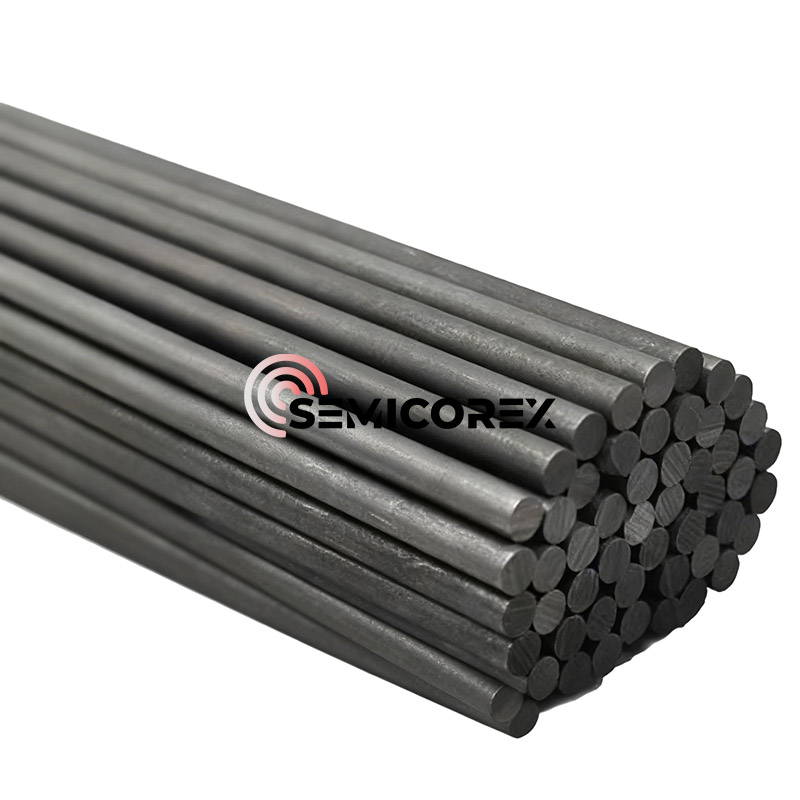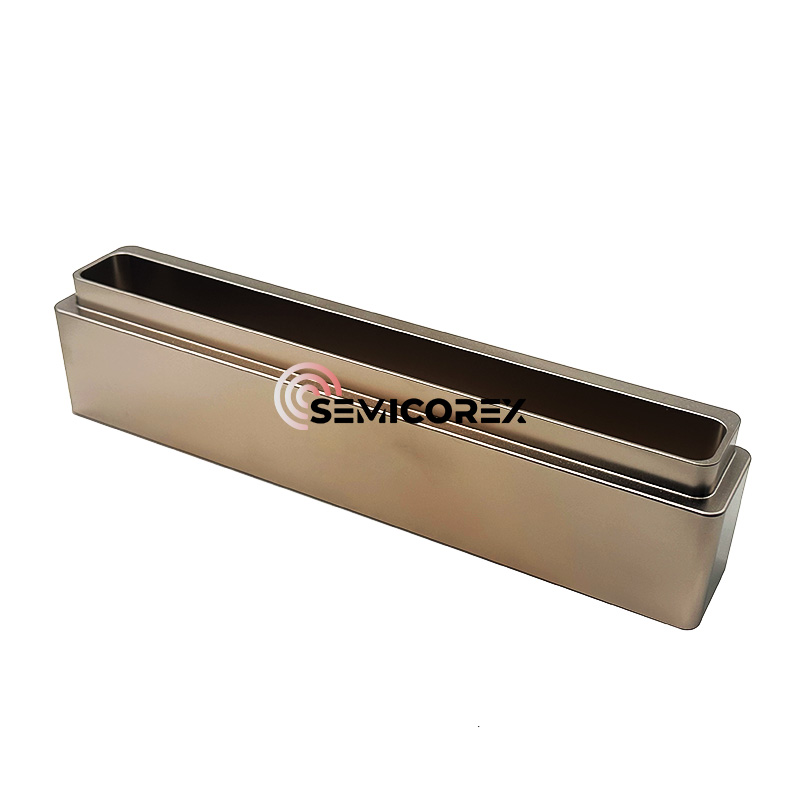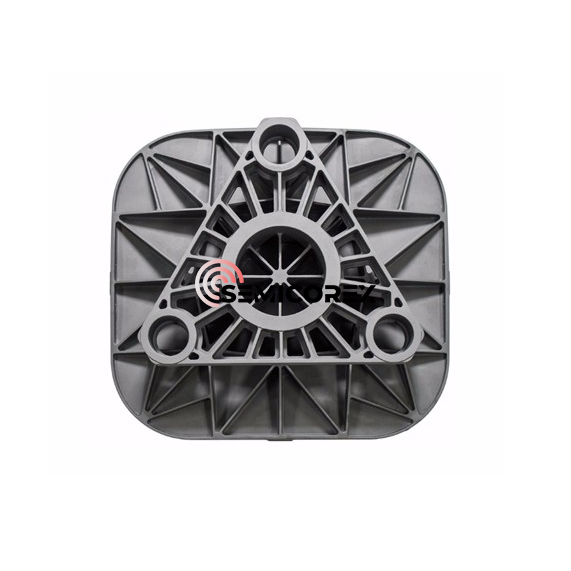
- English
- Español
- Português
- русский
- Français
- 日本語
- Deutsch
- tiếng Việt
- Italiano
- Nederlands
- ภาษาไทย
- Polski
- 한국어
- Svenska
- magyar
- Malay
- বাংলা ভাষার
- Dansk
- Suomi
- हिन्दी
- Pilipino
- Türkçe
- Gaeilge
- العربية
- Indonesia
- Norsk
- تمل
- český
- ελληνικά
- український
- Javanese
- فارسی
- தமிழ்
- తెలుగు
- नेपाली
- Burmese
- български
- ລາວ
- Latine
- Қазақша
- Euskal
- Azərbaycan
- Slovenský jazyk
- Македонски
- Lietuvos
- Eesti Keel
- Română
- Slovenski
- मराठी
- Srpski језик
N-type SiC Substrates
Semicorex N-type SiC substrates will continue to drive the semiconductor industry towards higher performance and lower energy consumption, as the core material for efficient energy conversion. Semicorex products are driven by technological innovation, and we are committed to providing customers with reliable material solutions and working with partners to define a new era of green energy.*
Send Inquiry
Semicorex N-type SiC substrates are high-end wafer products developed based on third-generation wide bandgap semiconductor materials, designed to meet the stringent requirements of high-temperature, high-frequency, high-power and high-efficiency electronic devices. Through advanced crystal growth technology and precision processing technology, our N-type SiC substrates have excellent electrical properties, thermal stability and surface quality, providing ideal basic materials for the manufacture of power devices (such as MOSFET, diodes), RF devices and optoelectronic devices, and promoting breakthrough innovations in new energy, electric vehicles, 5G communications and industrial power supplies.
Compared with silicon-based semiconductors, wide bandgap semiconductors represented by silicon carbide and gallium nitride have outstanding performance advantages from the material end to the device end. They have the characteristics of high frequency, high efficiency, high power, high voltage resistance, and high temperature resistance. They are an important direction for the development of the semiconductor industry in the future. Among them, N-type SiC substrates exhibits unique physical and chemical properties. The high bandgap width, high breakdown electric field strength, high electron saturation drift rate and high thermal conductivity of silicon carbide make it play a vital role in applications such as power electronic devices. These characteristics give silicon carbide significant advantages in high-performance application fields such as EV and photovoltaics, especially in terms of stability and durability. N-type SiC substrates have broad market application potential in power semiconductor devices, radio frequency semiconductor devices and emerging application fields. SiC substrates can be widely used in power semiconductor devices, radio frequency semiconductor devices, and downstream products such as optical waveguides, TF-SAW filters, and heat dissipation cmponents. The main application industries include EV, photovoltaic and energy storage systems, power grids, rail transportation, communications, AI glasses, smart phones, semiconductor lasers, etc.
Power semiconductor devices are semiconductor devices used as switches or rectifiers in power electronic products. Power semiconductor devices mainly include power diodes, power triodes, thyristors, MOSFETs, IGBTs, etc.
Cruise range, charging speed, and driving experience are important factors for EV. Compared with traditional silicon-based power semiconductor devices such as silicon-based IGBTs, N-type SiC substrates power semiconductor devices have significant advantages such as low on-resistance, high switching frequency, high heat resistance, and high thermal conductivity. These advantages can effectively reduce energy loss in the power conversion link; reduce the volume of passive components such as inductors and capacitors, reduce the weight and cost of power modules; reduce heat dissipation requirements, simplify thermal management systems, and improve the dynamic response of motor control. Thereby improving the cruising range, charging speed, and driving experience of EV. Silicon carbide power semiconductor devices can be applied to a variety of components of EV, including motor drives, on-board chargers (OBCs), DC/DC converters, air conditioning compressors, high-voltage PTC heaters, and pre-charging relays. At present, silicon carbide power devices are mainly used in motor drives, OBCs and DC/DC converters, gradually replacing traditional silicon-based IGBT power modules: In terms of motor drives, silicon carbide power modules replace traditional silicon-based IGBTs, which can reduce energy loss by 70% to 90%, increase vehicle range by 10%, and support high power output in high temperature environments. In terms of OBC, the power module can convert external AC power into DC power to charge the battery. The silicon carbide power module can reduce loss charging by 40%, achieve faster charging speed, and improve user experience. In terms of DC/DC converters, its function is to convert the DC power of the high-voltage battery into low-voltage DC power for use by on-board devices. The silicon carbide power module improves efficiency by reducing heat and reducing energy loss by 80% to 90%, minimizing the impact on vehicle range.














